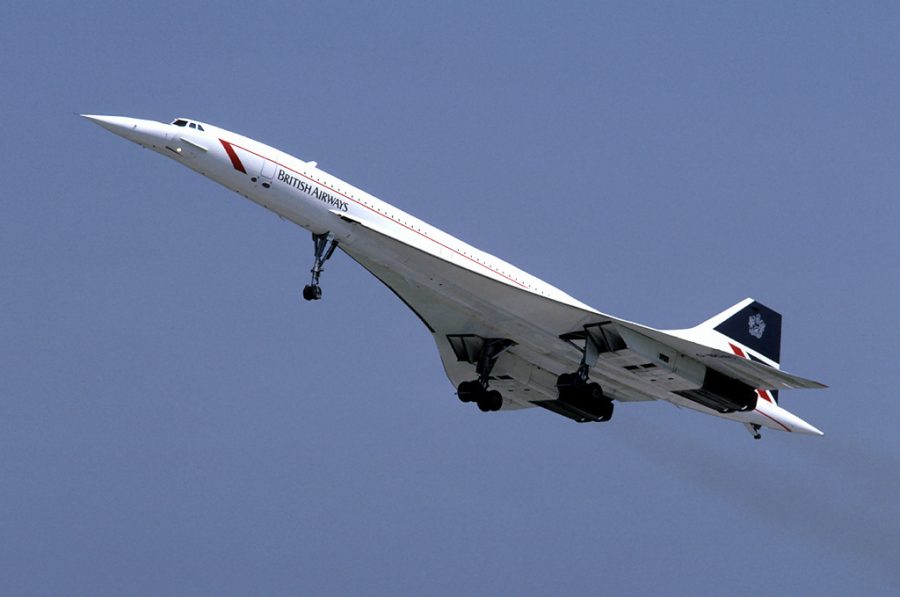How Supersonic Planes May Be Returning to Commercial Flight.
The Concorde was the first and most famous supersonic passenger jet. With a top speed of Mach 2.04 – twice the speed of sound – it could fly New York to London in under three hours, much quicker than the usual 7 hours or more than we are used to. But, in 2003, the Concorde was retired by both Air France and British Airways. Their reasons were that very few people wanted to fly on the Concorde after a crash in 2000, there was less air travel after the 9/11 attacks, and they had to deal with increasing maintenance costs. Many were also not fond of the Concorde for the loud sonic booms it and any aircraft makes when flying past the speed of sound
NASA has recently been creating aircraft designs to solve the sonic boom problem. Their goal has been to change the boom caused by a quick change in pressure, to a gradual pressure rise that might create more of a “thump.” Their “Quiet Supersonic Transport/Technology (QueSST)” project has been underway for a few years (since around 2016) and may have its first few flights soon, perhaps even in 2022. On top of this, United Airlines has announced plans to purchase 50 Boom Overture Supersonic Jets from Boom Technology by 2029, another futuristic, supersonic commercial jet planned to make its first flight in 2026. With these projects and others like them, we could definitely see a return to supersonic commercial flight by the end of the decade.

Related Stories:
https://www.space.com/37361-nasa-supersonic-aircraft-passes-design-review.html
https://www.cnn.com/travel/article/how-supersonic-flights-can-succeed/index.html











